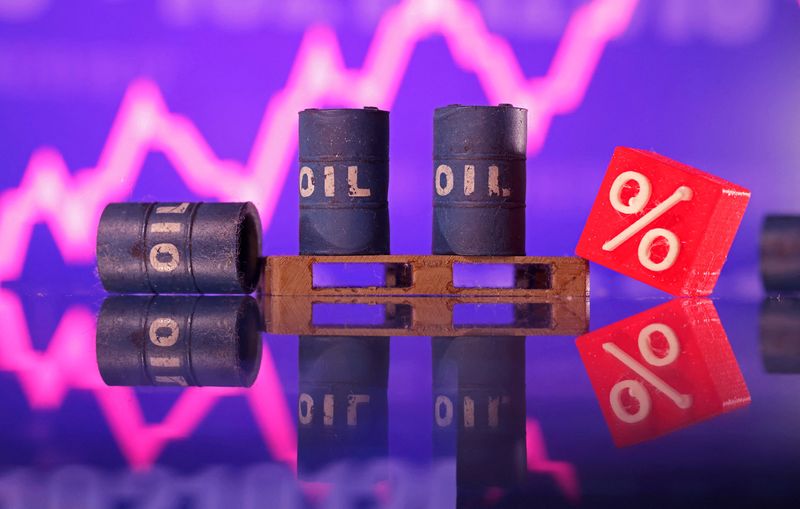By Laila Kearney
(Reuters) – Oil prices steadied on Wednesday after rising in the previous session on fading excitement for the economic stimulus in China, the world’s biggest crude importer, though an industry report showing falling and fuel inventories supported the market.
futures gained 3 cents at $75.20 a barrel by 0004 GMT. U.S. West Texas Intermediate crude lost 2 cents at $71.58 per barrel.
Prices rose about 1.7% on Tuesday after China announced its most aggressive economic stimulus since the COVID-19 pandemic, with interest rate cuts and government funding.
Analysts, however, warned that more fiscal help was needed to boost confidence in the world’s second-largest economy, which reduced the initial impact on oil prices from the announcement.
Still, declining U.S. crude oil and fuel stockpiles provided some support for the market, which has generally risen since prices fell to their lowest since 2021 on Sept. 10.
U.S. oil stockpiles dropped by 4.34 million barrels last week while gasoline inventories fell by 3.44 million barrels and distillate stocks fell by 1.12 million barrels, according to market sources citing American Petroleum Institute figures on Tuesday.
An intensifying conflict in the Middle East between Iran-backed Hezbollah in Lebanon and Israel also supported crude prices, with cross-border rockets launched by both sides increasing fears of a broadening war in the key producing region.

Hezbollah on Wednesday confirmed that senior commander Ibrahim Qubaisi was killed by Israeli airstrikes on the Lebanese capital as Israel announced earlier. Israel said Qubaisi headed the group’s missile and rocket force.
A hurricane threatening the U.S. Gulf Coast has changed course towards Florida and away oil and gas-producing areas near Texas, Louisiana and Mississippi.

